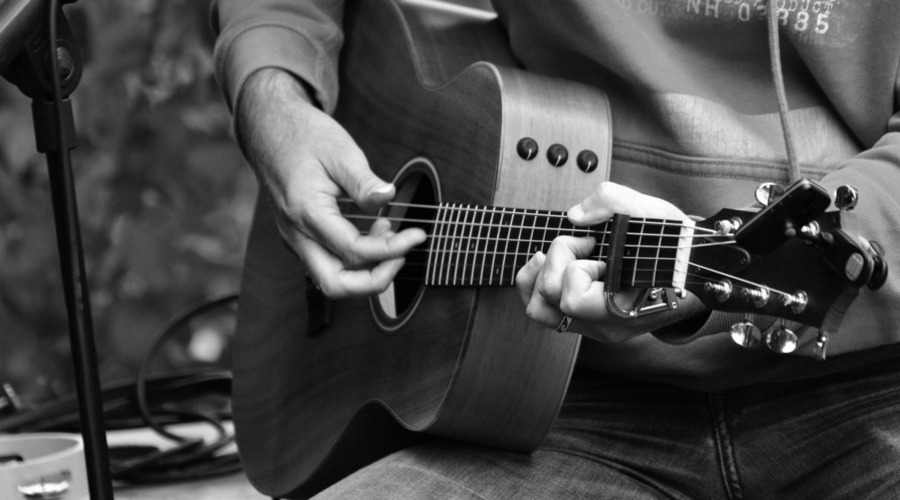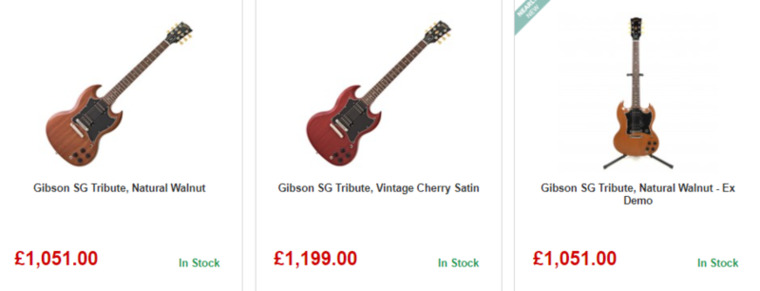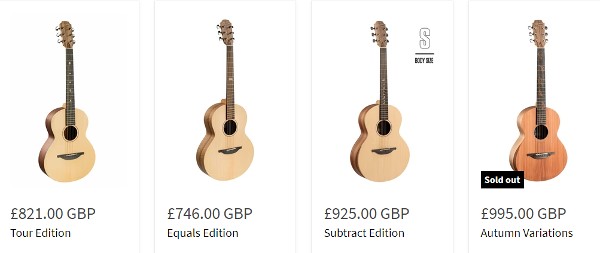Guitar fretboard inlays serve both functional and aesthetic purposes. These inlays, which are often found on the fingerboard of a guitar, help players navigate the fretboard and add a touch of personal style to their instruments. Here’s a detailed look at the types of inlays and their meanings.

Functional Purpose of Inlays
At the most basic level, fretboard inlays act as visual markers that help guitarists identify specific frets quickly. These markers are typically placed at the 3rd, 5th, 7th, 9th, 12th, 15th, 17th, 19th, and 21st frets, with the 12th fret usually having a double inlay to indicate the octave.
Types of Fretboard Inlays
- Dots
- Description: The most common type of inlay, dots are simple circular markers.
- Materials: Usually made from plastic, mother of pearl, or abalone.
- Placement: Found on both acoustic and electric guitars, these are the standard markers on entry-level and many professional guitars.
- Blocks
- Description: Rectangular or square inlays that cover a larger area than dots.
- Materials: Typically made from the same materials as dot inlays but can also include more exotic materials like gold or silver.
- Placement: Often seen on higher-end models and vintage guitars, especially those made by Gibson.
- Trapezoids
- Description: Trapezoid inlays are angular and wider at one end.
- Materials: Commonly made from mother of pearl or abalone.
- Placement: Frequently found on Les Paul models and other high-end instruments.
- Sharkfin/ Shark Tooth
- Description: These are shaped like a shark’s fin or tooth.
- Materials: Usually made from mother of pearl, abalone, or plastic.
- Placement: Popular on many Ibanez and Jackson guitars, often associated with metal and rock genres.
- Tree of Life
- Description: An intricate design that spans multiple frets, depicting vines and leaves.
- Materials: Often made from mother of pearl and abalone.
- Placement: Famously used by Ibanez on some of their Steve Vai signature models.
- Custom and Artistic Inlays
- Description: These can range from animals to complex patterns and symbols.
- Materials: Vary widely, including exotic woods, metals, and gemstones.
- Placement: Typically found on custom-built guitars or high-end signature models.
Meanings and Symbolism
While the primary function of inlays is to serve as fret markers, many designs carry symbolic meanings:
- Dots and Blocks: Generally have no specific symbolism but are designed for simplicity and function.
- Tree of Life: Often symbolizes growth, knowledge, and a connection to nature. It’s a spiritual and philosophical symbol.
- Sharkfin/Shark Tooth: Can represent aggression, strength, and a bold musical style, aligning with the aesthetics of rock and metal.
- Custom Designs: These can be deeply personal to the artist or guitar owner, often reflecting their personality, interests, or heritage.
Choosing the Right Inlay
When selecting a guitar, the type of inlay can influence both the playability and the aesthetic appeal of the instrument. Here are some considerations:
- Visibility: Ensure the inlays are visible under various lighting conditions. This is crucial for live performances.
- Aesthetic Preference: Choose inlays that match your style and the overall look of your guitar.
- Symbolic Value: If you’re drawn to specific symbols or designs, choose inlays that resonate with you personally.
Conclusion
Fretboard inlays are more than just decorative elements; they are essential tools for guitarists, aiding in navigation and adding personal flair to the instrument. From simple dots to elaborate custom designs, inlays offer a blend of functionality and artistry, making each guitar unique. Understanding the types and meanings of these inlays can help you make an informed choice when selecting your next guitar.




